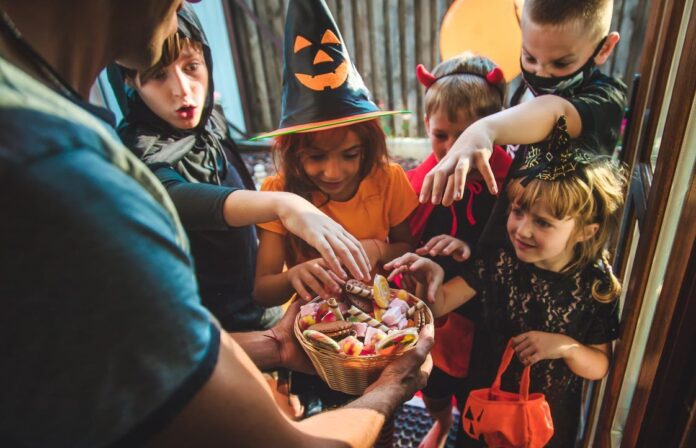AUBURN UNIVERSITY, Ala. – Every Halloween, parents are warned to keep their children safe from intentional candy poisonings. While there are always risks, the facts of intentional poisonings reveal few incidents. From covering up crimes to illnesses, there are several factors that have propelled this urban legend.
Early origins
The urban legend surrounding poison candy can first be traced to a woman in New York state. In 1964, she handed out actual poison to children who she judged to be too old to be trick-or-treating. Her trick was handing out dog biscuits, steel wool pads, and ant bait, all with labels that clearly marked that they were poisonous. No children were harmed, but she was arrested, convicted, and served a suspended sentence for her mischief.
The candyman
A much more serious incident occurred in Texas in 1974. A father intentionally gave cyanide to his son, disguised in a Halloween candy. He also gave his daughter and three other children the same candy to make it seem as if it was random. Luckily, none of the other children ate the candy. The truth was uncovered, and the father was convicted of murder but not before creating what is now known as the Candyman poisoning story. However, this was a targeted murder, and the general public was never at risk.
International influences
Stories of poison candy from other countries have also fueled the flames for these urban legends. In the early 1980s, a crime ring threatened Japanese candy manufacturers if they would not pay ransom. Japan does not celebrate Halloween, but after some cookies and candies were indeed found to be laced with cyanide, many packets were destroyed. Because the poison was in candy, the story of candy being pulled from the shelves was attached to Halloween.
Cover-ups
Halloween candy poisoning stories have sometimes been used as a smokescreen to obscure other unlawful acts. For example, in 1970 a young boy died when he ingested some of his uncle’s heroin. The family then sprinkled heroin on the boy’s Halloween candy and blamed strangers to avoid being investigated. They were caught but not in time to save the young child.
Illnesses
Illness at Halloween has also been misattributed to candy poisoning, fueling more stories. In 1990, a seven-year-old girl in California collapsed after eating candy. However, she was found to have had a heart condition, and her illness was not traced to any candy, poisoned or otherwise. Similarly, in 1994, a violently ill three-year old boy was thought to have eaten cocaine in his candy. It turned out that he had been ill before Halloween, and no cocaine was ever found on his candy or elsewhere.
Media’s influence
Sometimes the headlines about potential candy poisonings have grabbed the spotlight but not the facts that are later uncovered. In 1988, New Jersey police raided a store and confiscated some jelly candies that they thought were dusted with strychnine. Testing proved it was corn starch, but by then the manufacturer had destroyed 9,400 boxes of dinosaur jellies, fueling a candy poison story. The initial headlines get the wheels turning, but the less dramatic “oh, it’s nothing” ending seldom make the headlines.
Urban myths of anonymous Halloween sadism arose during the 1970s, prompted by media speculation. Researchers think that the fear of strangers gains traction when people became more mobile, and communities are not as traditionally connected. The Halloween poison candy legend fits into this fear of strangers. However, systematic reviews have not found any consistent pattern or even frequent poisoning events, accidental or intentional.
A teachable moment
For parents, these scary stories provide a great opportunity to teach your child about food safety. As with all food, it is important to ensure that candy packaging has not been tampered with, is not open, and that candies are safe in size for your child to eat. Do not keep poisons of any kind, including vaping products, within reach of young children. Meanwhile, treat this scary urban legend as mostly Halloween lore.
Copyright Humble Roots LLC, 2023. All Right Reserved.






















